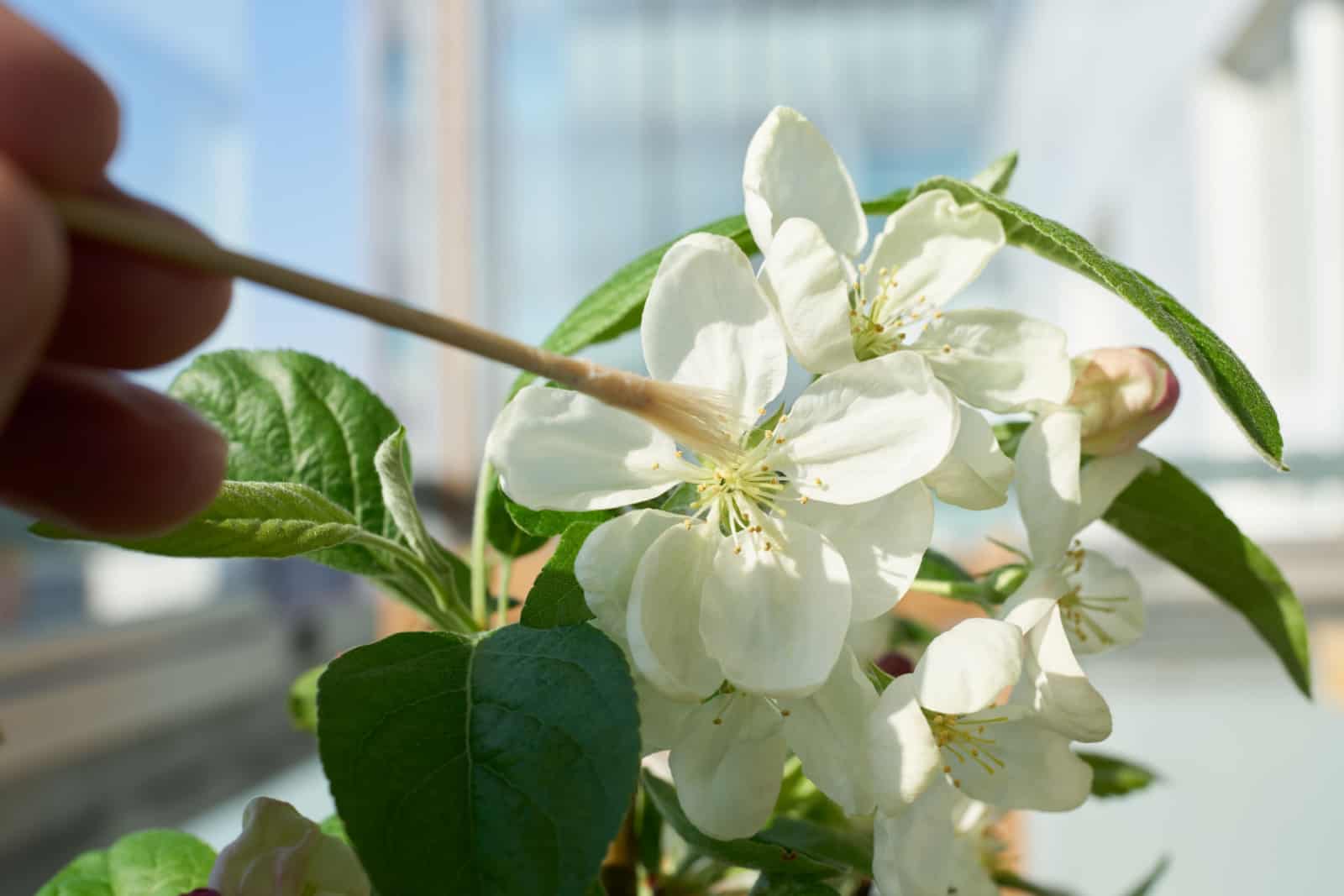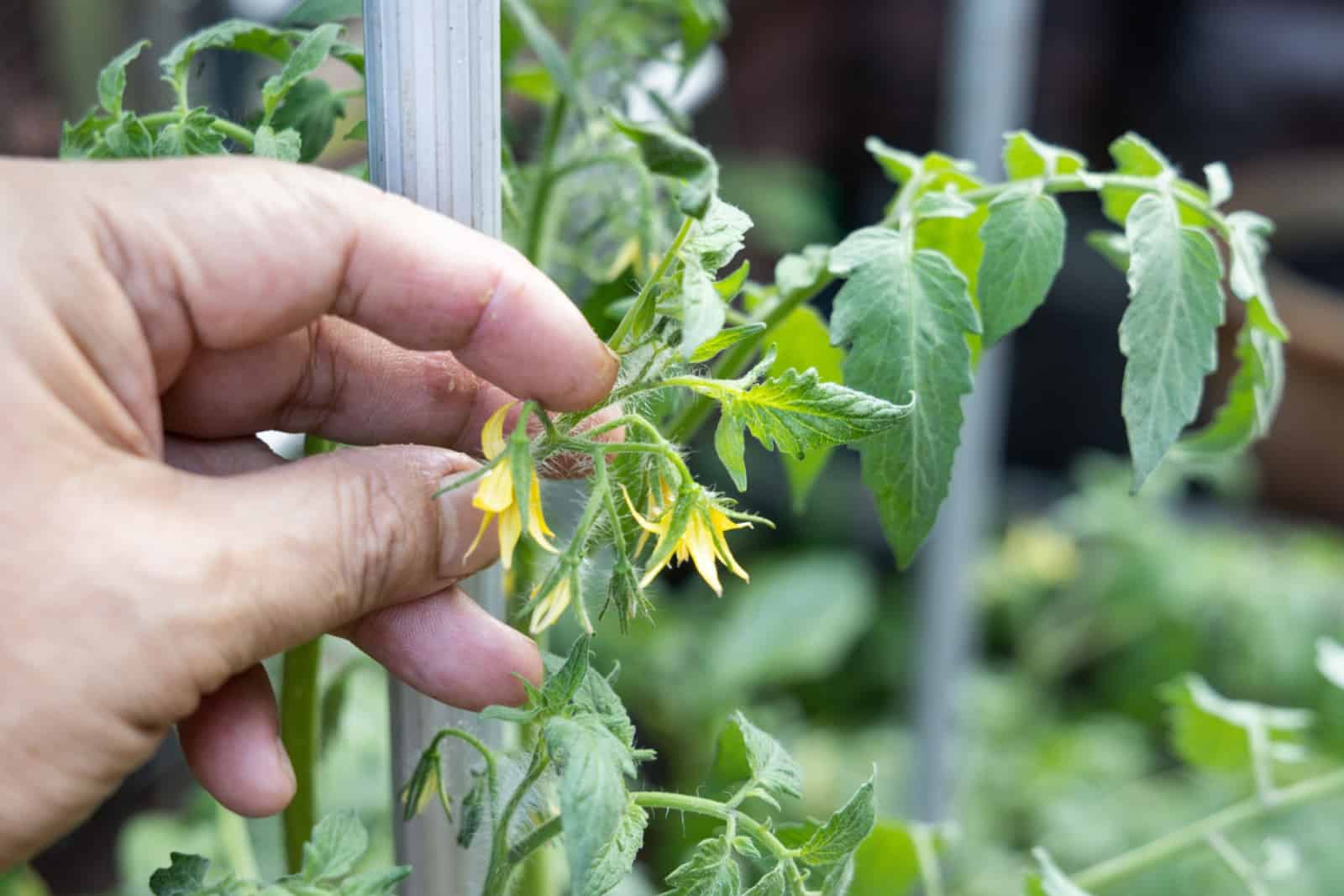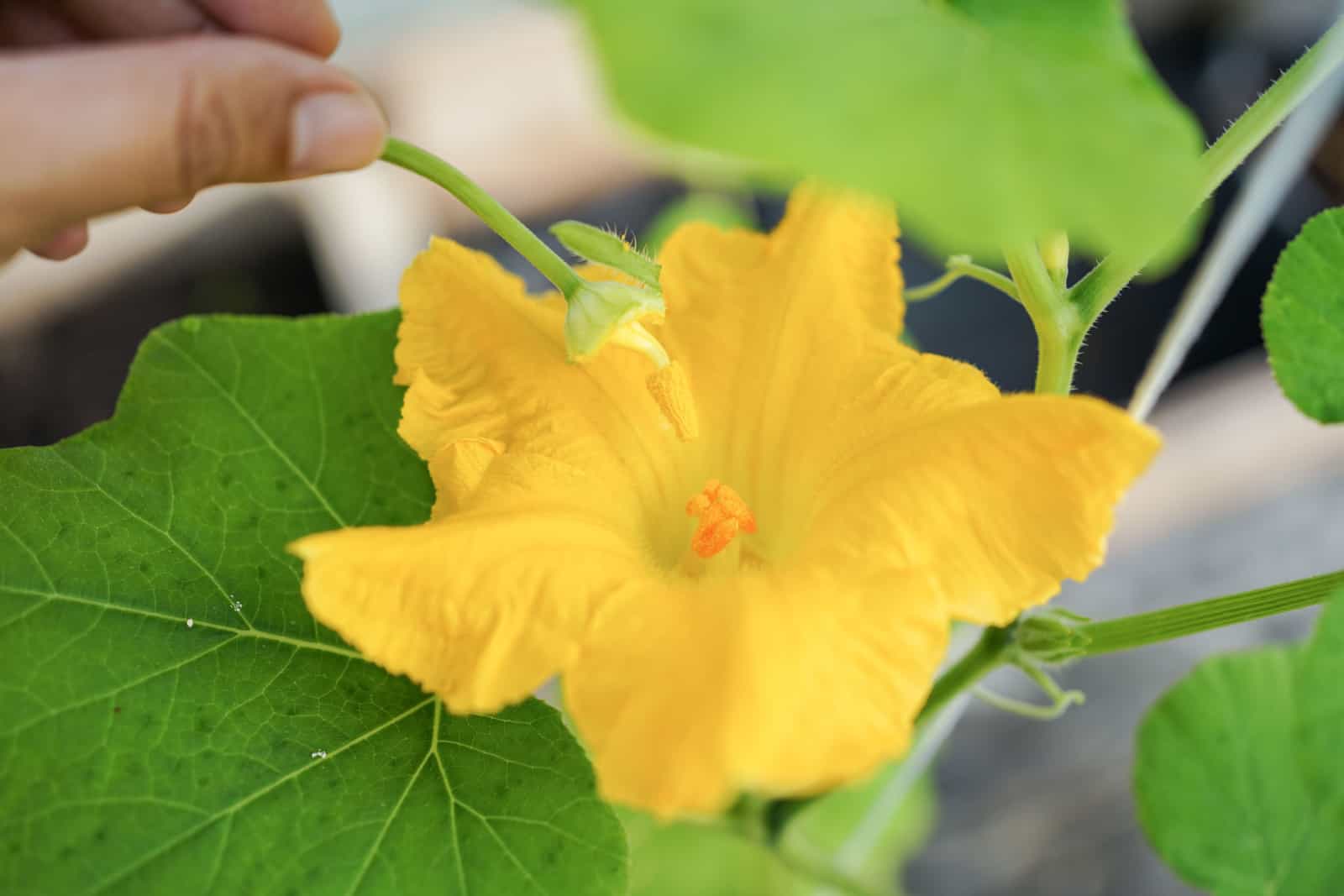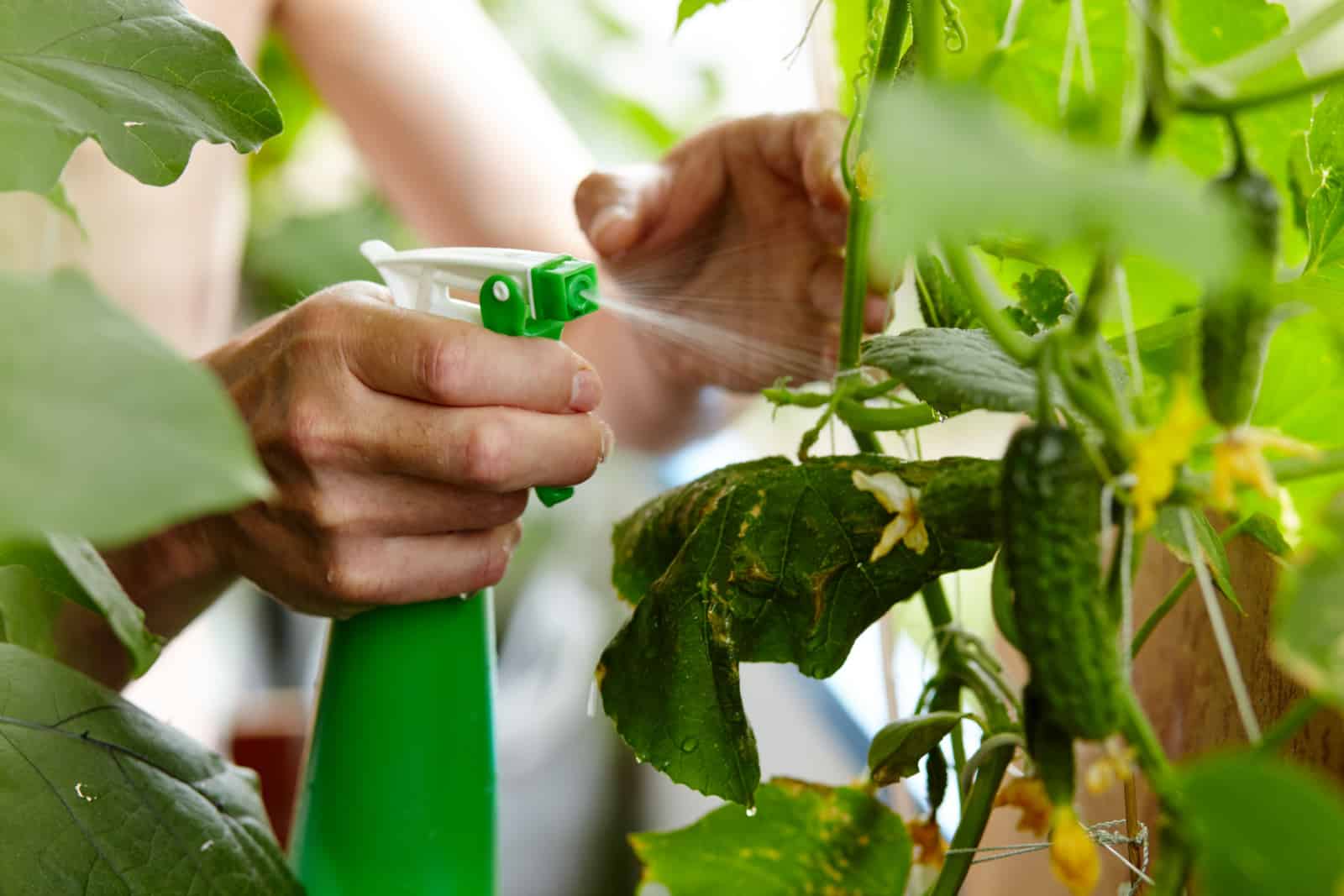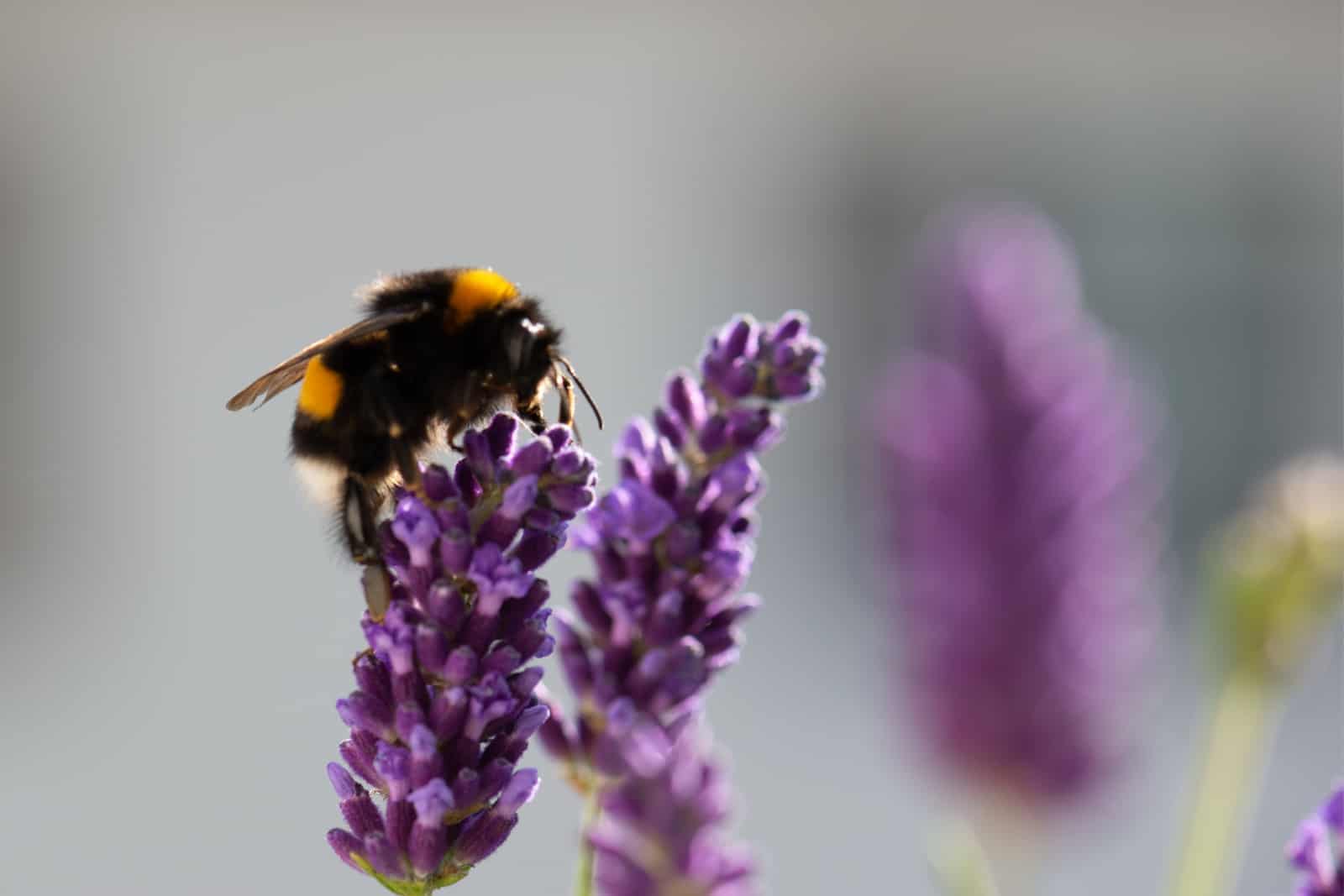Did you know that you’re missing out on an enormous harvest just because you’re not fiddling with your cucumber flowers or touching the innermost parts of tomato blooms?
It’s called hand pollination and it’s one of the best things you can do to ensure a large yield, together with the natural process and bees’ help.
Here are some beginner-friendly pollination tips that will help get you more fruit and veggies than you could eat!
Supplies You’ll Need
Hand pollination isn’t a difficult task, and the amount of supplies you’ll need proves it.
Just a small toothbrush, some cotton swabs, or a tiny paintbrush (not larger than 1/4 of an inch), as well as some rubbing alcohol to clean the brush.
Which Plants You Can Hand-Pollinate
You can hand-pollinate many plants you grow in your veggie patch, including cucumbers, corn, squash, tomatoes, strawberries, beans, peppers, pumpkins.
If the blossoms have anthers and stamens, it’s highly likely you can hand-pollinate them. You can find the stamen in the middle of the flower. They carry tiny anthers that make pollen.
For the pollination to be a success, pollen needs to pass onto the stigma before the fruit sets.
Hand-Pollinating Self-Pollinating Plants
Self-pollinating plants such as tomatoes and peppers have male and female parts on the same flower. All you need to do is take a cotton swab or a brush and gently fiddle with the insides. This will cause pollen to dislodge and fall on the stigma.
The next step is to wipe the pollen from your brush (you can use a clean Q-tip) with some rubbing alcohol, leave it to completely dry, and then move onto the next plant.
This will allow you to avoid cross-pollination. But if you don’t mind a little variety in your garden, use the same brush or swab to hand-pollinate all your crops and see what happens.
Of course, you should pollinate plants of the same species because not all members of the same family will cross-pollinate. Tomatoes and peppers definitely won’t, for example.
And Cross-Pollinating Plants
Cross-pollinating plants such as cucumbers, melons, and squash have male and female flowers, so the first step is learning to recognize them.
Generally speaking, male flowers grow in groups, while female ones stand on their own. However, you’ll know that a flower is male if it has a yellowish dusty powder on its tips – pollen.
Sometimes you’ll have to remove the petals to access the pollen and dip your brush or Q-tip in it. Once you do that, gently transfer it onto a female flower.
The tell-tale sign that a cucumber is pollinated is when the flowers start falling off, female pistil begins to wilt, and you notice fruit setting. Watch for these signs and if you can’t notice the first ones, it means you didn’t transfer enough pollen.
Pro tip: Dip your swabs in the pollen a couple of times and from all angles to make sure that you have enough to pollinate the female blossom properly.
Using Hormone Spray For Larger Pollen Drop
If you find hand-pollinating tiresome and you don’t have enough pollinators to do this job properly, try using blossom set-sprays.
They contain the natural plant hormone, cytokinin, which is responsible for cell division and growth, and tricks the plant into producing fruit.
Blossom set-sprays are also not that expensive, so you can give them a try and see if they work for you.
Or Pheromone Bee Bait
Pollinators buzzing from flower to flower and transferring pollen in the process is what nature intended.
But if you’re having trouble getting bees to your tomatoes and you don’t feel like hand-pollinating an entire garden by yourself, you can use bee bait to attract them.
Sprays containing pheromones will invite more pollinators to your garden and help you deal with inadequate pollination.
They’ll increase your yield and make your garden a lively place, with bees buzzing and butterflies fluttering around.
I hope you found these tips helpful!
Until next time!

